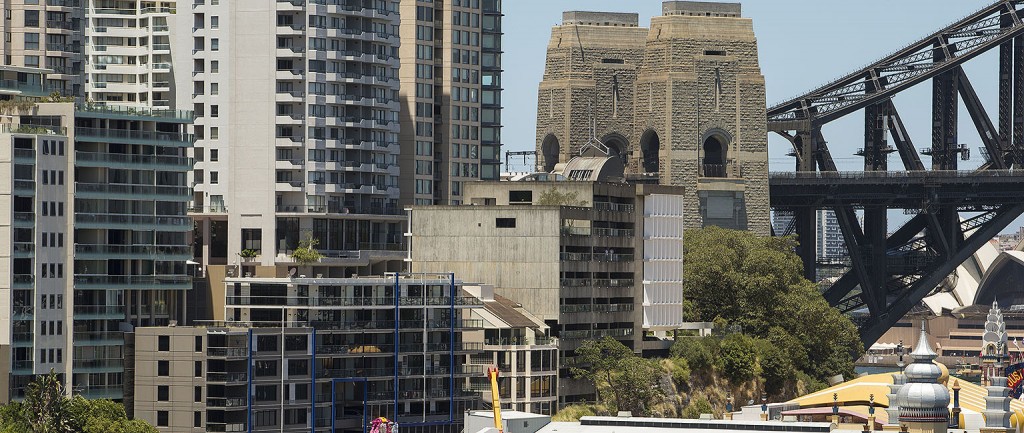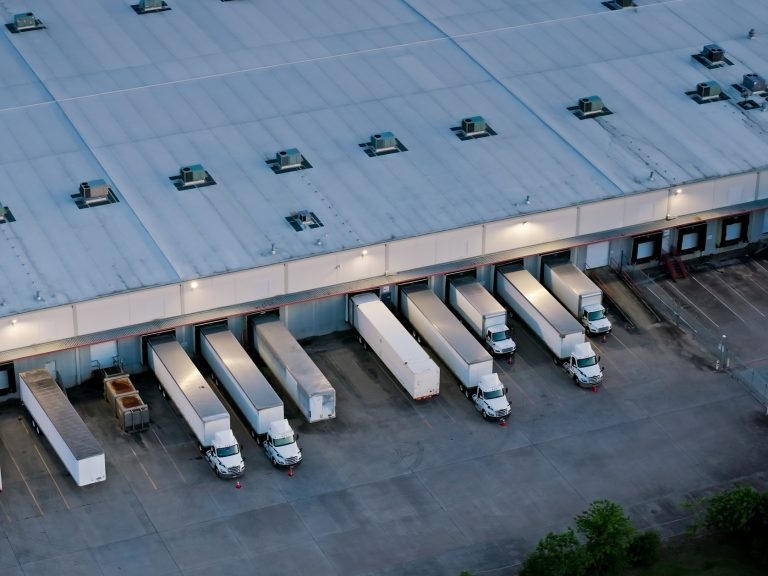How is the commercial property market shaping up in 2017?

Which cities will perform strongest, will Chinese money continue flowing and what should we make of Amazon’s arrival?
REA Group chief economist Nerida Conisbee looks at what we should expect from Australia’s commercial property market in 2017.
1. Sydney to remain the top performer for both capital and rental returns
Sydney now has the lowest vacancy rate in Australia for office and industrial property. With economic growth continuing in NSW, a slow development pipeline and more stock being taken out of the market, there are no signs of this changing in 2017.
Commercial Insights: Subscribe to receive the latest news and updates
Sydney’s CBD office market will be the strongest commercial market nationally, with vacancy continuing to decline, partly because of a growth in white collar employment but also because of the construction of Sydney Metro taking out large chunks of secondary space.
While this is great for landlords, it will be challenging for tenants as rents rise and available options reduce. While there is some new development taking place, there is unlikely to be enough completed in 2017 to satisfy demand and this will be a drag on economic growth for NSW.
2. Flow of Chinese money to continue
Chinese buyers purchased $US3.7 billion of Australian commercial property in 2016, according to Real Capital Analytics, down from $US4.3 billion in 2015. This decline is likely to be due to lack of buying opportunities, as opposed to a lack of funds, as buyer interest appears to continue to grow unabated.

Chinese investors will continue to seek opportunities in Australia.
Changes will continue to occur to the types of Chinese buyers targeting Australia, as well as what they choose to purchase. The first wave of Chinese buyers were developers and these groups are now firmly entrenched in the Australian market. Sovereign wealth funds have also become well established. The next wave is likely to be large Chinese conglomerates, looking to diversify their risk and tap into the significant opportunities in Australian property.
These changes to buyers mean that the types of property is also changing. While development sites and office buildings still dominate, growing interest from Chinese buyers in Australian hotels, agriculture and retail will be a key theme in 2017.
3. Australia’s safe haven status confirmed
As concerns about Brexit rock London – historically one of the safest markets in the world for commercial property – and uncertainty as to the impact of a Trump presidency on US property raises concerns in that market, Australia is looking even more attractive. A quarter of a century of positive economic growth, low sovereign risk and a strong-performing property sector are all characteristics of a desirable investment destination.
Will this change to the global political landscape redefine the markets that are considered safe? With the exception of Singapore, most of Asia has been seen as too politically risky for most large scale investors. This may begin to change in 2017.

Amazon is set to have a major impact on retail in Australia.
4. Amazon to finally crack online shopping in Australia
Online shopping is not big in Australia. We like it well enough but certainly not as much as the rest of the world. Largely this is due to the fact that the proportion of spending we do online for grocery shopping remains low. Amazon announced they will enter the Australian market in 2017. While it is uncertain exactly how aggressive they will be, if they replicate the success they have had elsewhere it will have an enormous impact on shopping behaviour. This will be a challenge for our supermarket chains, as well as the shopping centres that contain them.
5. Shopping centres continue to adjust to a changing landscape
Shopping centres are resilient and have been remarkable in their ability to adjust to changing consumer preferences. Now much more than simply a place to shop, they offer entertainment, social interaction and places to eat. Good shopping centres drive residential prices in the suburbs surrounding them, particularly if they have been recently upgraded.

Suburbs with shopping centres, like Doncaster, are proving popular. Picture: Westfield Corporation.
Can they adapt to a potential threat from large online retailers like Amazon? It is likely that the poorer ones will be hit but smart owners will redesign and refurbish to continue to attract consumers. This could be by increasing the food and beverage options, being smarter about marketing to their local communities or providing more services such as medical centres and gyms.
6. Technology continues to change commercial property
The technological revolution has been slow to hit commercial property, certainly lagging behind sectors such as banking and retailing. The indirect impacts, however, will continue to be a feature in 2017. Whether that be by technology occupiers driving office markets (startups to Melbourne, established to Sydney), changing warehouse designs as a result of new picking technology or the above mentioned rise in online shopping, changing technology will impact the occupier markets in particular.

Established tech companies will drive office demand in Sydney.
7. Interest rates to rise independently of RBA decisions
Interest rate rises on home loans were big news late last year, particularly given that the Reserve Bank of Australia made two cuts just a few months prior.
Next year, it is likely the banks will continue to break from the RBA’s rates decisions. Even if the RBA cuts interest rates, there is no guarantee that this will be passed on. While this seems to be largely focused on residential lending, it may also impact lending on commercial property, particularly for those property types that are closely linked to the residential market (like development sites).
8. Australian investors expand offshore
Australians were among the biggest investors offshore in commercial property in the lead up to the GFC, but now barely feature. Part of this is because so many of them made poor purchasing decisions, and have been impacted by those choices for many years. The other factor is that so many large Australian investors are now backed by offshore money, which means very few want their funds sent outside Australia.
So many of them made poor purchasing decisions, and have been impacted by those choices for many years
In 2017, however, the number of investors looking overseas is likely to grow. That group is likely to be dominated by Australian superannuation funds, however smaller unlisted funds and syndicates are likely to become more active. Part of this will be about moving up the risk curve but also about diversification and taking advantage of opportunities in other markets.
9. Investors continue to move up risk curve
The GFC was almost a decade ago and the types of property popular with investors have changed significantly over that time period. Moving from the safest office markets in the years immediately after 2007 to the rise in the popularity of agribusiness, medical centres and self storage more recently, the change is consistent with most commercial property cycles.
A search for stock, yield and opportunity will continue to drive the types of properties that are attractive to investors in 2017. This could mean moving offshore, into childcare centres or contaminated industrial sites.
10. Apartment oversupply concerns impact development site sales
The apartment boom has been kind to owners of development sites, with values rising rapidly over the past five years in almost every capital city. In 2017, inner Melbourne and inner Brisbane are coming into an enormous amount of new apartment completions. While this may not necessarily be a problem, it is likely to lead to developers taking a pause in these markets as the new supply is absorbed. Expect development site values to stabilise or even decline as a result.







